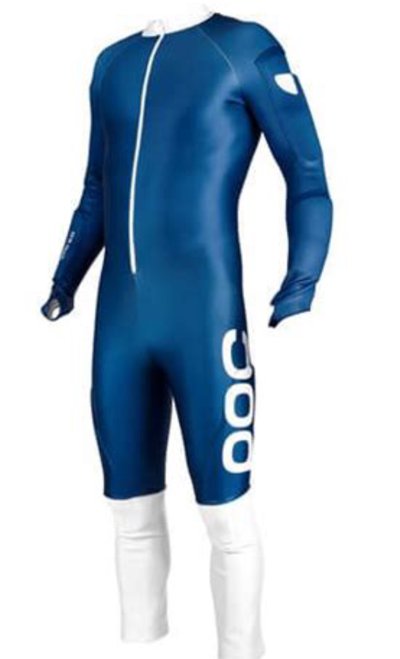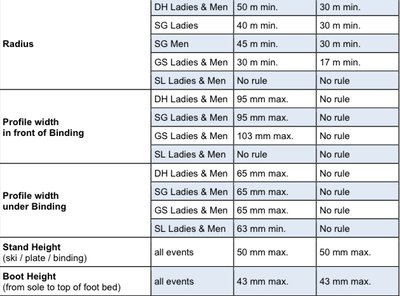Is is just because race skis have a narrower waist width than freeride skis?
for example tyrolia attacks are way too wide to fit on race skis.
but is that the only difference, other than race bindings dins going up to very high levels?
A quick word on blocking ads

It looks like you are using an ad blocker. That's okay. Who doesn't? But without advertising revenue, we can't keep making this site awesome. Click the link below for instructions on disabling adblock.










